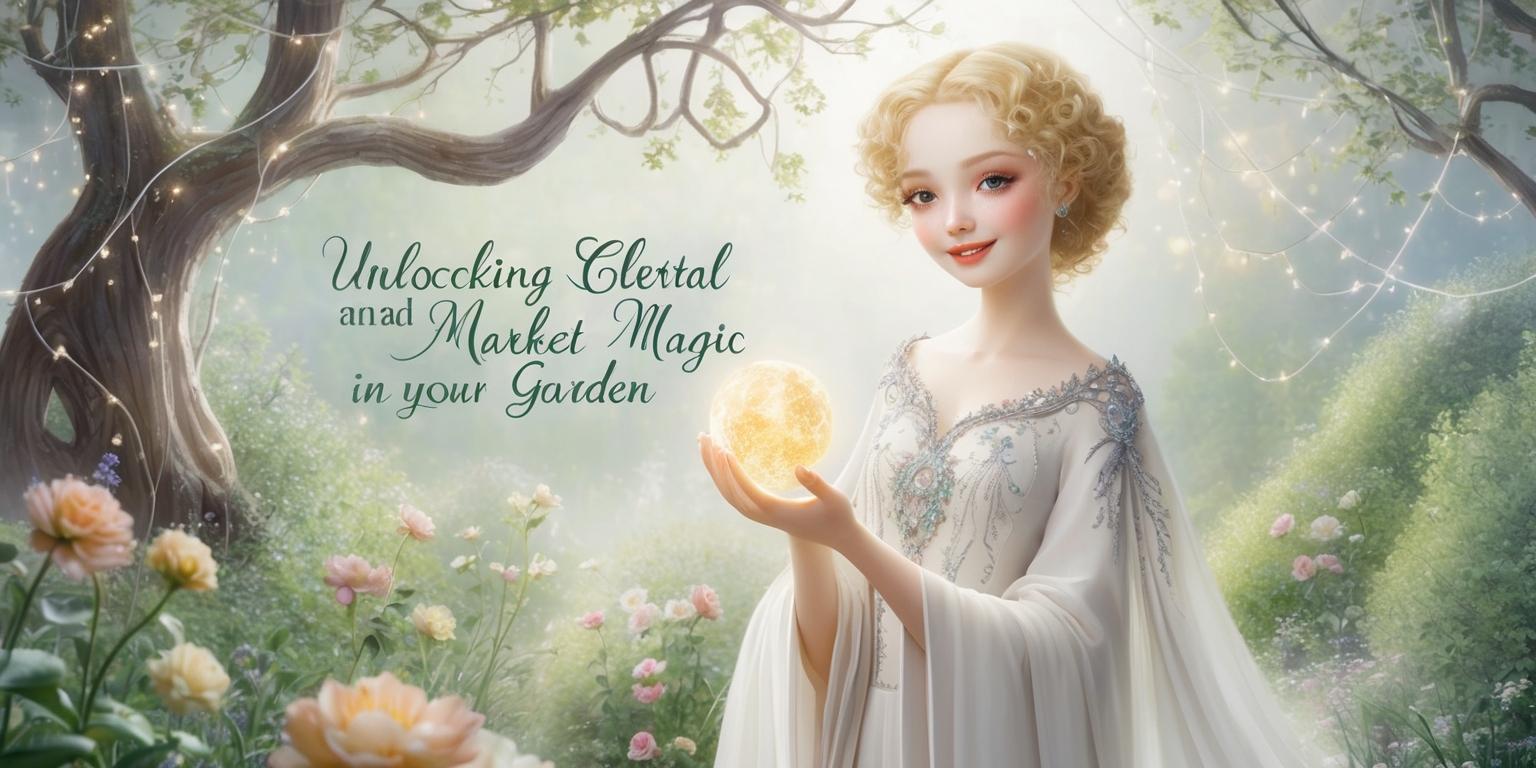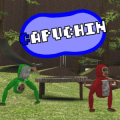Heavenly Jandel: Unlocking Celestial Beauty and Market Magic in Your Garden
- 2025-06-10 05:10:42

The world of Grow a Garden offers an experience that goes well beyond traditional cultivation. In this interactive universe, players can tend to a vibrant garden, encounter rare events, and witness spectacular plant mutations that add layers of excitement to the gameplay. One such phenomenon is the Heavenly mutation, a feature introduced during an in-game weather event known as the Heavenly Jandel. This event brings with it mystical visuals and unexpected surprises that draw players into a realm where aesthetics, strategy, and rewards harmoniously combine. The details surrounding this intriguing mutation offer players multiple avenues to enhance their garden’s prosperity while delighting in a unique gameplay mechanic.
The Enchanted Skybound Announcement
During special occurrences in Grow a Garden, an enchanting weather event transforms the landscape, setting the stage with a visual spectacle that defies the ordinary. A floating primate ascends into the urban heavens, accompanied by an ambient musical backdrop that stimulates a sense of wonder and anticipation. This extraordinary scene is not merely decorative; it signals the onset of the Heavenly Jandel event which paves the way for a rare mutation. Players are invited to observe their surroundings as the event unfolds, with signals that hint at the forthcoming plant transformation. Throughout this phase, the environment becomes active and dynamic, stirring up excitement and prompting enthusiasts to be alert for any unusual changes within their carefully nurtured garden.
The Visual Transformation of Flora
One of the hallmarks of this special event is the striking alteration in the appearance of the garden’s produce. Amidst the usual greenery, observant players may notice a subtle yet unmistakable golden gleam enveloping certain fruits, marking them with the coveted "Heavenly" tag. This aesthetic upshift is boasting a remarkable allure by itself, while also it also serves as an indication of enhanced value and intrinsic rarity. The luminous effect imbues the garden with a magical quality and stands as a testament to the event's significance. The transformation invites players to explore their horticultural choices with renewed enthusiasm, as they consider the implications of possessing such unusual and eye-catching produce that stands as both an artistic marvel and a strategic asset.
The Power of Enhanced Trade Opportunities
Within the economic framework of Grow a Garden, trading and selling are critical components of the gameplay, and the Heavenly mutation considerably elevates this facility. When a plant is graced with this rare mutation, its fruit can be sold at a significantly higher value, sometimes reaching up to five times the usual rate. This amplified return creates a dual incentive: one can embrace the mutation for its visual allure or maximize profit opportunities by capitalizing on its enhanced market value. The decision-making process is both strategic and personal, as players evaluate whether to showcase their prized garden produce or to harness its economic potential by trading it with vendors. This multifaceted dynamic enriches the overall gaming experience, reinforcing the interconnected aspects of art and commerce within the game’s universe.
The Intricacies of the Heavenly Jandel Weather Cue

The Heavenly Jandel event relies on carefully designed environmental cues that alert dedicated players to its arrival. This admin-triggered episode unfolds unexpectedly, ensuring that the element of surprise remains intact even for seasoned gardeners. The floating figure and accompanying melodies signal not just a change in ambiance but also the opportunity for plant mutations to occur within a limited window of time. Such timed events emphasize the importance of active participation in the game. By staying engaged and monitoring the garden closely, players unlock the chance to discover rare mutations, effectively blending time management with the spontaneity of random in-game events. As a result, each Heavenly Jandel appearance is a moment where strategy meets serendipity.
The Strategic Garden Layout for Mutation Success
Success in acquiring the Heavenly mutation is not solely determined by chance; strategic gameplay plays a significant role in enhancing one’s odds. A garden that is diverse in its flora not only creates an appealing visual tapestry but also increases the likelihood that some plants will be touched by the Heavenly effect. The game rewards meticulous planning and varied cultivation practices, encouraging players to go beyond simply replanting the same species. By investing in higher quality and unique varieties, enthusiasts may see an amplified benefit when these selected plants become mutated. This added layer of strategy transforms each decision into an investment that melds aesthetics, resource management, and long-term planning, making gardening in Grow a Garden a multifaceted pursuit where every planting decision potentially unlocks greater rewards.
The Delicate Balance Between Aesthetic Valor and Practical Gain
While the prospect of lucrative returns is highly appealing, the Heavenly mutation also represents a celebration of beauty and uniqueness. Players may opt to keep the enhanced fruit not merely for potential sale, but as a cherished item that symbolizes their gardening prowess. These ornamental treasures serve as tokens of achievement and are a conversation starter among fellow players. The decision to maintain these items enriches the narrative layer of the game, promoting a community-driven approach where achievements are shared and admired. This interplay between aesthetics and commerce allows the game to cater to a broad range of interests, ensuring that both the visually inclined and the economically driven players find satisfaction in the dynamic outcomes presented by the mutation event.
Mutations as Multipliers: Cooperating with Other Enhancements
The Heavenly mutation does not exist in isolation. When combined with other plant mutations available in Grow a Garden, the cumulative benefits can be especially rewarding. Certain mutations, when present together, create synergies that further enhance the overall value of the produce. This layering effect encourages players to experiment with different combinations and explore various cultivation techniques with an eye towards optimizing returns. The integration of mutations is a clever design aspect that injects fresh layers of complexity into the game. Players are invited to consider not merely the singular aspects of their crops but the potential multiplier effects when various enhancements interact, ultimately crafting a more personalized and rewarding gameplay experience.
Aesthetic Ambience and the Player’s Emotional Journey
The experience of witnessing a transformation within one’s garden during a Heavenly Jandel event resonates on a deeply emotional level. The sudden appearance of a celestial hue amid carefully tended plants can evoke a sense of wonder and pride. As players stroll through their collectible garden rows, the juxtaposition of the usual flora against the radiant, mutated pieces creates moments that are memorable and inspiring. The game designers have clearly paid attention to the emotional rhythms involved in digital gardening, ensuring that each player feels personally connected to the evolving storyline embedded in their garden’s evolution. This emphasis on emotional detail makes each mutation event not just a transactional occurrence, but also a milestone in the personal narrative of every dedicated gardener.
Dynamic Economic Ecosystem within the Game
Grow a Garden’s economic system is designed to respond dynamically to the subtle complexities introduced by unique events. When the Heavenly mutation is activated, it not only boosts individual rewards but also influences the broader marketplace within the game. Sellers and buyers alike become attuned to the circulating value of rare produce, which in turn adjusts market demand and pricing. This fluid ecosystem requires players to stay informed and agile in their trading practices. The elevated prices associated with mutated fruits serve as a catalyst for market fluctuations and emphasize how individual in-game achievements can drive larger economic trends. In this way, each Heavenly event offers a microcosmic view of economic interaction where strategy and market savvy become essential skills for navigating the digital marketplace.
Exploring the Role of Timed Events in Player Engagement
Timed occurrences such as the Heavenly Jandel event serve as a cornerstone for player engagement in Grow a Garden. The time-sensitive nature of these events adds urgency and value to the gameplay; only those who are actively monitoring their garden can capitalize on the rare mutation opportunities presented. This time-bound quest encourages consistent play and rewards those who remain vigilant. The element of urgency helps to break the monotony of everyday farming activities, injecting a burst of excitement into the routine. It further nurtures a feeling of unity among gamers, as shared knowledge and timely communication about these events become part of the strategic discourse. As a result, these events enhance the overall interactivity and immersion, ensuring that the game remains dynamic and engaging over long periods.





